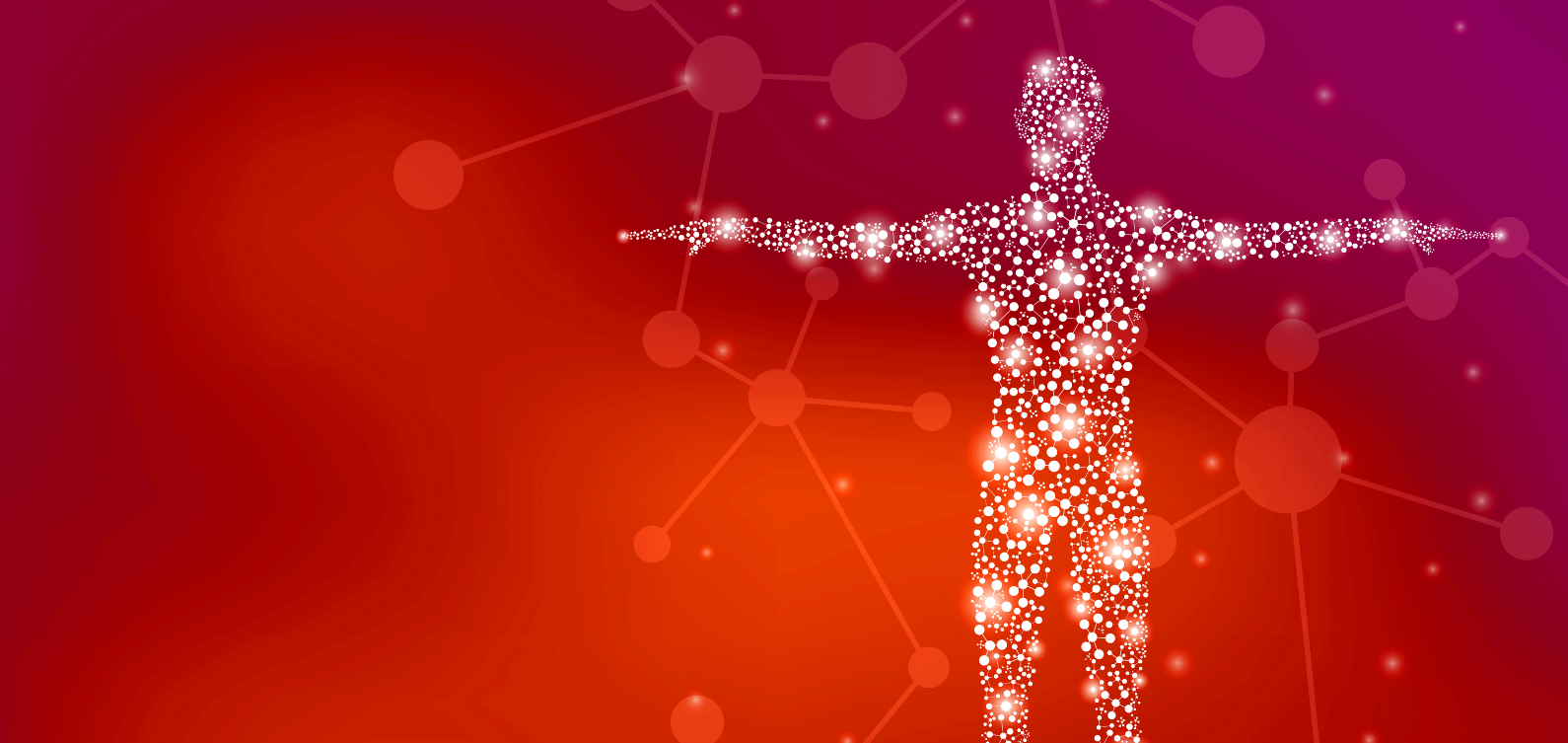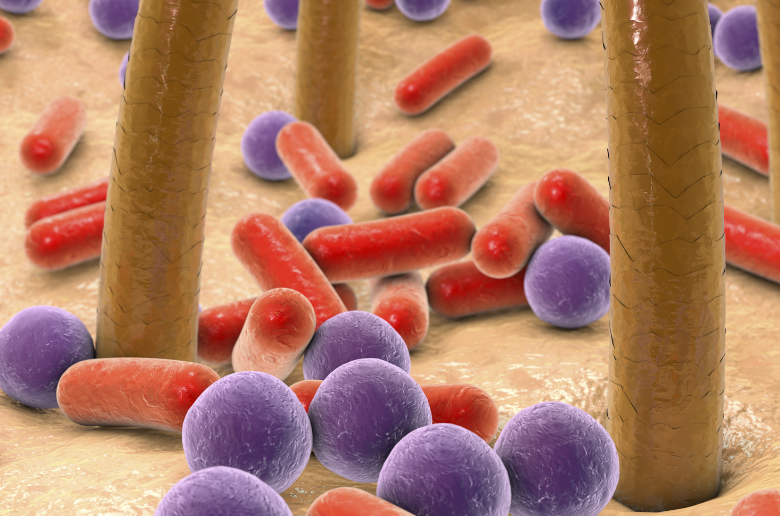Exploring The Skin Microbiome
Our Body is a complex ecosystem, in constant interaction with the external environment. It is colonized by a set of microorganisms that coexist in a wide variety of habitats and form the microbiome…

In fact, these microorganisms protect our body and play a role in many physiological phenomena. In return, our body provides them all the necessary elements to their survival: open water, carbon, nitrogen sources and microelements. Ten trillion microorganisms, including bacteria, viruses, archaea and fungi, live in each of us and shape the human microbiota.
The microbiota of the skin is the most complex and diverse of the human body, with very high variabilities unique to each individual.
The majority of skin bacteria belong to identified genera: Corynebacterium, Cutibacterium or Staphylococcus. Moreover, it has been shown that the more diverse the number of species, the better the balance of the microbiome. Depending on their role on our skin, these microbial populations are defined as symbiotic, commensal or pathogenic. Many endogenous and exogenous disturbances can affect the host-microorganisms relationship and cause an alteration of the microbiota balance. At the skin level, this leads to the development of various disorders such as atopic dermatitis, acne, psoriasis, or dandruff for the scalp. It is therefore necessary to ensure the balance of the microbiome, or skin’s biotope, which is the guardian of our skin’s well-being and health.

Our R&D team was inspired by biotechnologies by first studying the sources of carbon metabolized by the commensal micro-organisms of the human body. We have established a 3-step strategy that consists of nourishing the microbiota, reinforcing the skin’s natural defenses and acting on the skin-bacteria / bacteria-skin communication mechanism. More than ever, the Solabia Group’s expertise in the Microbiome is part of this approach initiated more than 30 years ago, thanks to its 4 signature actives: Bioecolia®, Ecoskin®, Teflose® and Saniscalp®.